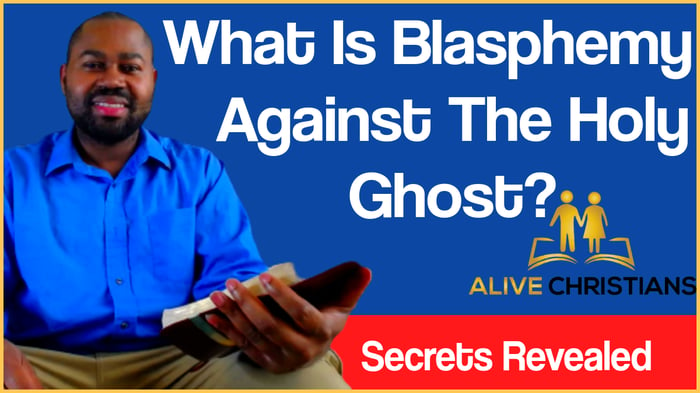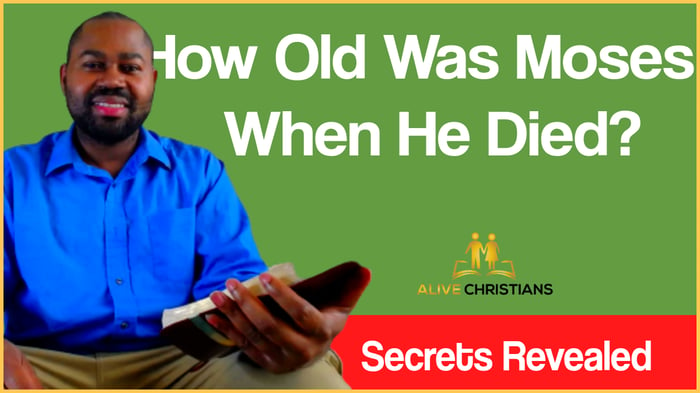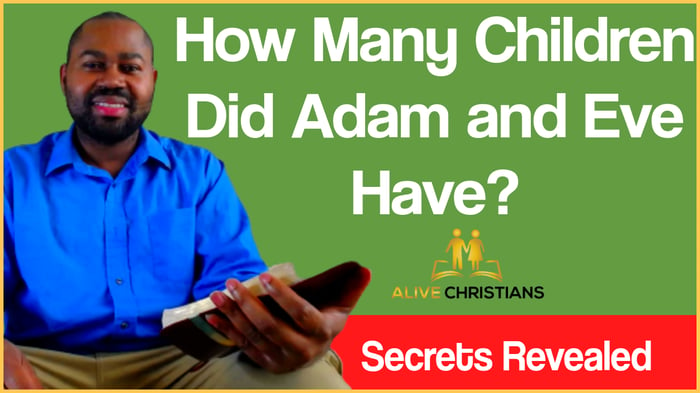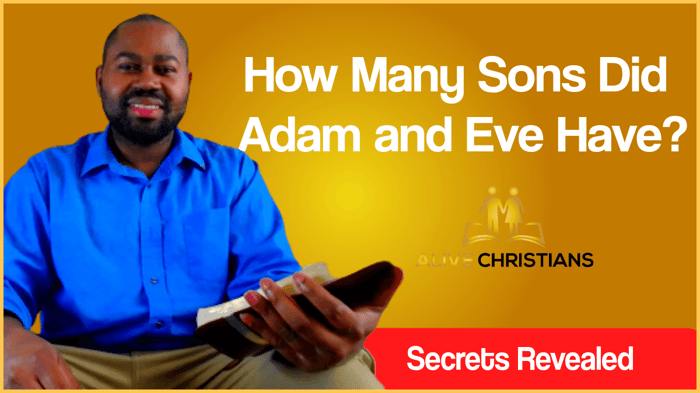Who is Baal In The Bible?
Baal is the false, pagan god that the Israelites sinfully worshipped from time to time in the Scriptures.
Quick Facts on Baal from The Bible
- Baal is known as lord of the opening and as the false god of the Moabites (Numbers 25:3; 31:16; Joshua 22:17)
- He is closely tied to the false, and pagan idol/goddess Ashtoreth in the Scriptures
- Baal is translated as ruler, lord, master or owner.
- Baal is also the Canaanite-Phoenician god or idol of fertility and weather, and in particular of rainstorms.
- Jezebel, the wife of King Ahab, worshipped Baal and Ashtoreth and led her husband into this idolatry against God.
More on Baal and Asherah
| Topic | Biblical / Historical Data and Patristic Interpretation |
|---|---|
| Relationship of Baal and Asherah | Biblical / Historical: In Ugaritic and Canaanite religion, Asherah (or Athirat) is a mother goddess and sometimes consort to either El or Baal, often associated with fertility, sacred trees, or poles. Patristic Angle: Church Fathers do not discuss Asherah’s mythic identity. They are uninterested in her as a literary or theological figure and treat all pagan deities as demons behind idols. |
| Asherah as Cult Object (“grove” or pole) | Biblical / Historical: In the Hebrew Bible, “Asherah” often refers to a physical object—wooden poles or carved groves set up beside altars. Kings and prophets repeatedly destroy these during religious reforms (e.g., 2 Kings 23:6). Patristic Angle: While not naming Asherah, Fathers like Augustine attack the worship of any image or wood object as demonic idolatry. These “groves” fall under their condemnation of false worship. |
| Scriptural Pairing of Baal and Asherah | Biblical / Historical: In Judges 6:25–26, Gideon is commanded to tear down Baal’s altar and cut down the Asherah beside it. This pairing recurs in Israel’s apostasy narratives (e.g., 1 Kings 18:19). Patristic Angle: Fathers treat such passages as moral examples of Israel's unfaithfulness and the necessity of purging idolatry. They focus on obedience to God, not on Baal or Asherah’s identities. |
| Theological Critique of Idolatry | Biblical / Historical: The Old Testament consistently warns that idols are not real gods but provoke the Lord’s jealousy. Paul says in 1 Corinthians 10:20: “What pagans sacrifice they offer to demons and not to God.” Patristic Angle: Church Fathers, especially Augustine, adopt Paul’s view: idols are not empty but doorways to demonic forces. Baal and Asherah are interpreted not mythologically but spiritually—as demonic powers deceiving people. |
| Use of “Baal” as a Title | Biblical / Historical: “Baal” means “lord” or “master” in Semitic languages. Occasionally, Israel misused the term for Yahweh, but it eventually became associated with Canaanite religion and rejected. Patristic Angle: Fathers treat all use of Baal in worship as idolatrous. Any confusion between Yahweh and Baal is seen as spiritual adultery. The name itself is suspect because of its pagan baggage. |
| Absence of Explicit Patristic Focus on Asherah | Biblical / Historical: Asherah appears in many biblical texts, but her image and function are often obscure, sometimes intentionally so, due to polemics against idolatry. Patristic Angle: The name “Asherah” is rarely, if ever, mentioned directly by Church Fathers. They lump her into broader critiques of female idols or fertility cults, if addressed at all. The lack of treatment suggests disinterest in the myth and a focus instead on the sin of idolatry. |
| Scholar / University | Paraphrased Insight on the Identity of Baal |
|---|---|
| 1. John Day – Cambridge University | Presents Baal as the Canaanite storm and fertility deity who became Israel’s chief theological rival. |
| 2. Nicholas Wyatt – Cambridge University | Describes Baal as a divine warrior whose authority rests on victory over chaos and death. |
| 3. Mark S. Smith – Yale University | Identifies Baal as a fertility and storm god representing the natural cycles of life and rain. |
| 4. Frank Moore Cross – Harvard University | Interprets Baal as a title meaning “Lord,” sometimes merged with Yahweh in early Israelite belief. |
| 5. Peter Machinist – Harvard University | Argues that Yahweh’s uniqueness was defined in contrast to the Baal cult of Canaan. |
| 6. Richard Clifford – Harvard University | Explains Baal’s mythic death and return as a ritual reflection of agricultural renewal. |
| 7. John J. Collins – Yale University | Sees Baal as a cosmic storm god whose mythology parallels Mesopotamian divine kingship. |
| 8. Benjamin Sommer – Harvard University | Suggests early Israelites once viewed Yahweh through Baal-like imagery before monotheism solidified. |
| 9. Harold Attridge – Yale University | Notes Baal’s cultic power came from its association with fertility and rainfall. |
| 10. Michael D. Coogan – Harvard University | States that “Baal” was a common title for local deities, not a single god. |
| 11. Sarah Iles Johnston – Harvard University | Interprets Baal’s myth as dramatizing seasonal death and renewal of nature. |
| 12. T. N. D. Mettinger – Cambridge University (affiliated research) | Shows that biblical authors reworked Baal’s storm imagery to exalt Yahweh’s supremacy. |
| 13. Christine Hayes – Yale University | Views Baal as a theological counter-image used to highlight Yahweh’s exclusive authority. |
| 14. Joel Baden – Yale University | Reads prophetic attacks on Baal as reflections of Israel’s internal political struggles. |
| 15. Nathan MacDonald – Cambridge University | Notes that Israelites sometimes used Baal titles for Yahweh, revealing deep syncretism. |
| 16. Loren Stuckenbruck – Cambridge University | Connects Baal’s divine kingship with later apocalyptic visions of cosmic order. |
| 17. Adela Yarbro Collins – Yale University | Suggests that early Christian imagery of Christ’s triumph over evil echoes Baal’s mythic battles. |
| 18. Patrick D. Miller – Harvard University | Observes that both Baal and Yahweh were storm deities, yet prophets emphasized Yahweh’s uniqueness. |
| 19. William F. Albright – Harvard University | Uses archaeology to show Baal worship’s integration into Canaanite agricultural life. |
| 20. Susan Ackerman – Harvard University | Associates Baal’s fertility cult with sacred sexuality and social fertility rites. |
| 21. Edward F. Campbell – Harvard University | Notes that Baal’s mythic victory over Yam influenced Hebrew poetic depictions of Yahweh. |
| 22. John H. Walton – Yale University | Compares Baal’s cosmic order role with Yahweh’s sustaining sovereignty in Israelite theology. |
| 23. Tikva Frymer-Kensky – Harvard University | Sees Baal’s myth as dramatizing agricultural anxiety and social renewal through ritual. |
| 24. Phyllis Trible – Yale University | Interprets prophetic critiques of Baal as exposing moral and patriarchal distortions. |
| 25. James Kugel – Harvard University | Views Baal in Scripture as a symbol of misplaced trust rather than a distinct deity. |
| 26. George Foot Moore – Harvard University | Considers Baal worship in Israel as syncretism, not total abandonment of Yahweh. |
| 27. Carol Meyers – Harvard University | Argues that household religion blurred distinctions between Yahweh and Baal devotion. |
| 28. Karel van der Toorn – Harvard University | Shows Baal’s storm and cloud imagery shaped biblical depictions of theophany. |
| 29. Marvin Pope – Yale University | Defines Baal as the Ugaritic storm god enthroned on Mount Zaphon, ruling the elements. |
| 30. Brevard Childs – Yale University | Notes the Hebrew canon recasts Baal’s powers to affirm Yahweh’s creative lordship. |
| 31. Norman Gottwald – Harvard University | Links Baal religion to Canaanite social hierarchy that Israel’s prophets opposed. |
| 32. J. Cheryl Exum – Cambridge University | Reads Baal imagery as reflecting ancient gender and power symbolism in prophecy. |
| 33. Michael Fishbane – Harvard University | Argues that Israelite poetry reused Baal’s combat motifs to express Yahweh’s might. |
| 34. John Levinson – Harvard University | Frames Baal’s rejection as key to Israel’s transition to ethical monotheism. |
| 35. Paul Hanson – Harvard University | Presents the Yahweh–Baal conflict as part of Israel’s purification from mythic polytheism. |
| 36. Mark Brett – Cambridge University | Suggests Baal embodies a rival cosmology to the Genesis creation narrative. |
| 37. Gordon McConville – Cambridge University | Notes that prophetic warnings against Baal addressed covenantal infidelity and idolatry. |
| 38. David Noel Freedman – Harvard University | Attributes Baal worship’s endurance to its economic and agricultural appeal. |
| 39. Roland de Vaux – Cambridge University (collaboration) | Identifies Baal as the personification of agricultural fertility and seasonal life. |
| 40. André Lemaire – Harvard University (visiting scholar) | Finds Baal’s name embedded in personal and place names throughout the Levant. |
| 41. Eric M. Meyers – Harvard University | Notes archaeological traces of Baal devotion in domestic and rural shrines. |
| 42. James Charlesworth – Yale University | Highlights Ugaritic Baal myths as literary prototypes for biblical divine conflict. |
| 43. William Hallo – Yale University | Places Baal within the larger Near Eastern pantheon of cosmic administrators. |
| 44. Richard Bauckham – Cambridge University | Sees the New Testament’s universal Christ contrasted with Baal’s regional “lordship.” |
| 45. J. A. Emerton – Cambridge University | Describes Baal as a composite figure with multiple local forms and identities. |
| 46. Patrick D. G. Miller – Harvard University | Notes that Baal worship persisted during Israel’s gradual theological evolution. |
| 47. Shalom Paul – Harvard University | Associates Baal with the Near Eastern “dying and rising god” fertility motif. |
| 48. Steven Weitzman – Harvard University | Interprets Baal’s myth as a rival narrative to Israel’s covenantal God. |
| 49. Richard Hess – Cambridge University | Explains that “Baal” linguistically denotes ownership and territorial divine lordship. |
| 50. Kathryn Slanski – Yale University | Describes Baal’s myth as expressing humanity’s personification of natural power under divine kingship. |
Scripture on Ahab, Jezebel and Baal in 1 King 16:30-33
- 30 And Ahab the son of Omri did evil in the sight of the Lord above all that were before him.
- 31 And it came to pass, as if it had been a light thing for him to walk in the sins of Jeroboam the son of Nebat, that he took to wife Jezebel the daughter of Ethbaal king of the Zidonians, and went and served Baal, and worshipped him.
- 32 And he reared up an altar for Baal in the house of Baal, which he had built in Samaria.
- 33 And Ahab made a grove; and Ahab did more to provoke the Lord God of Israel to anger than all the kings of Israel that were before him.Find out: Can A Woman Be A Bishop in Church
Want More Biblical content? Click below.
What Next? Read our Bible Verses About Friendship and Brotherhood
Here's a great quiz to try out!
Get More Bible Answers To Your Questions






















